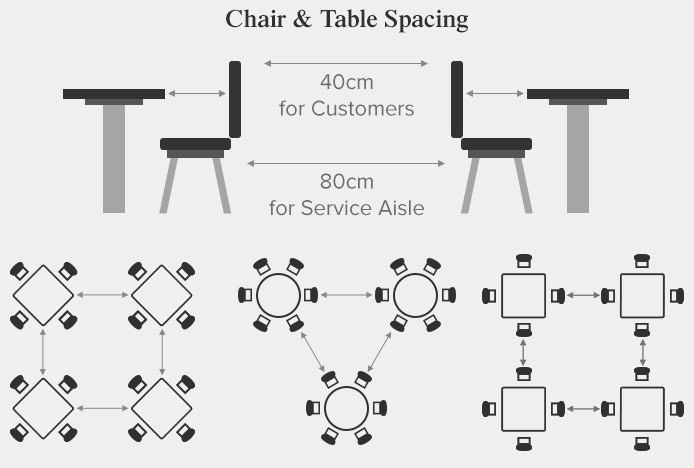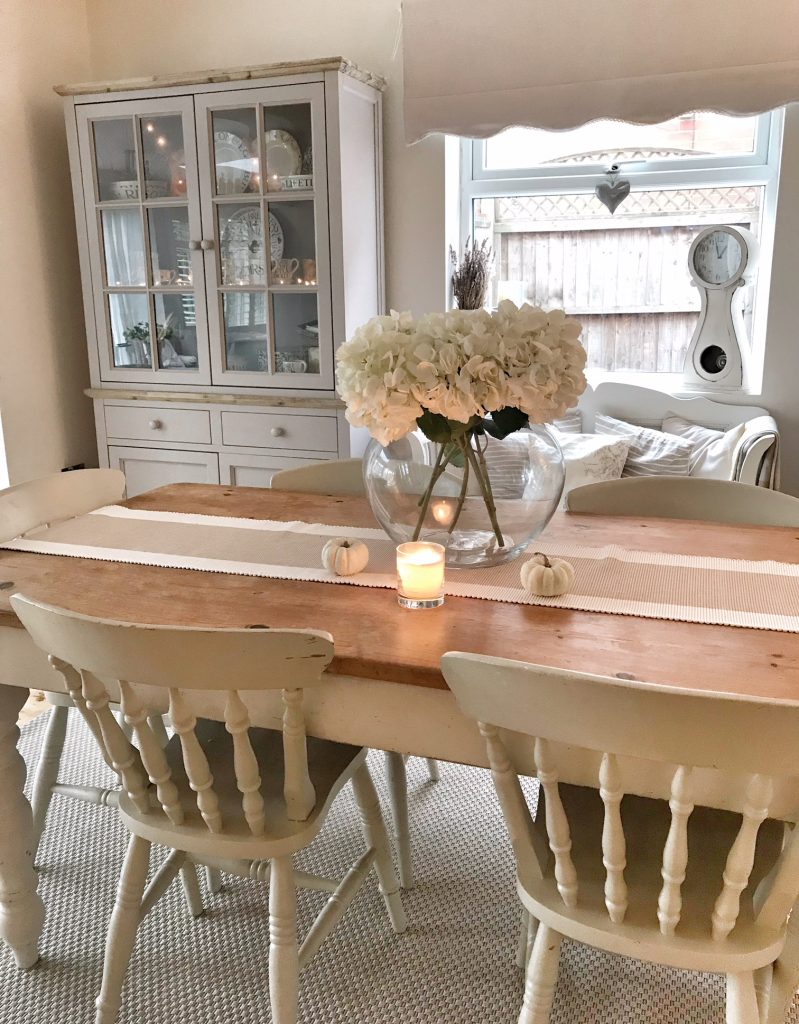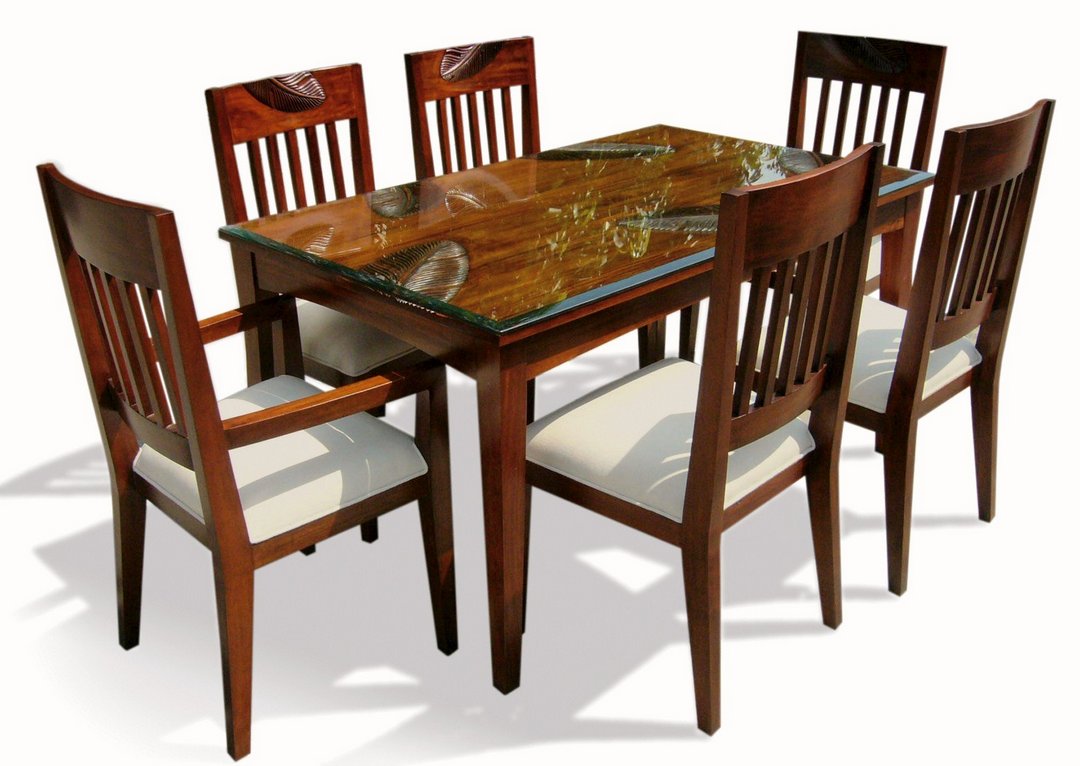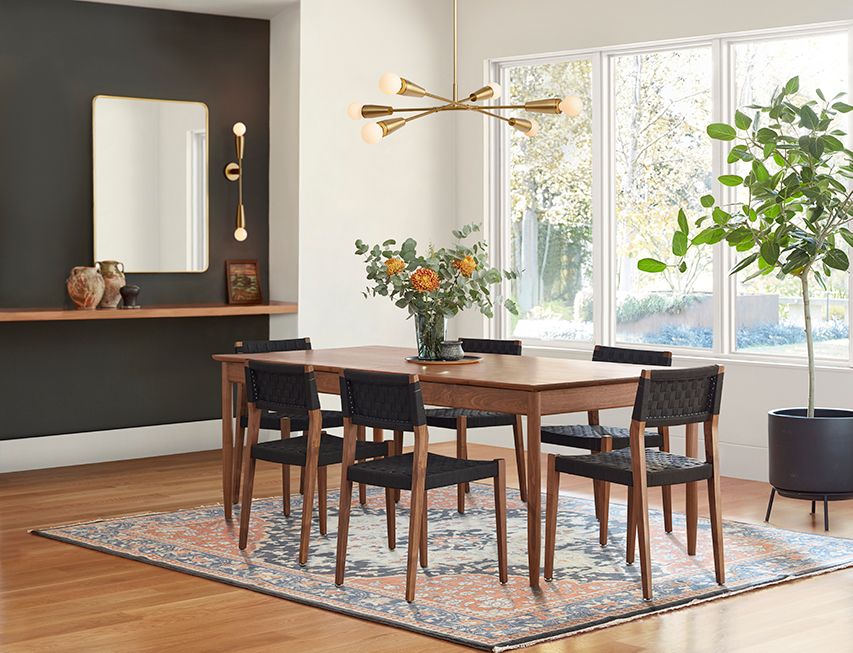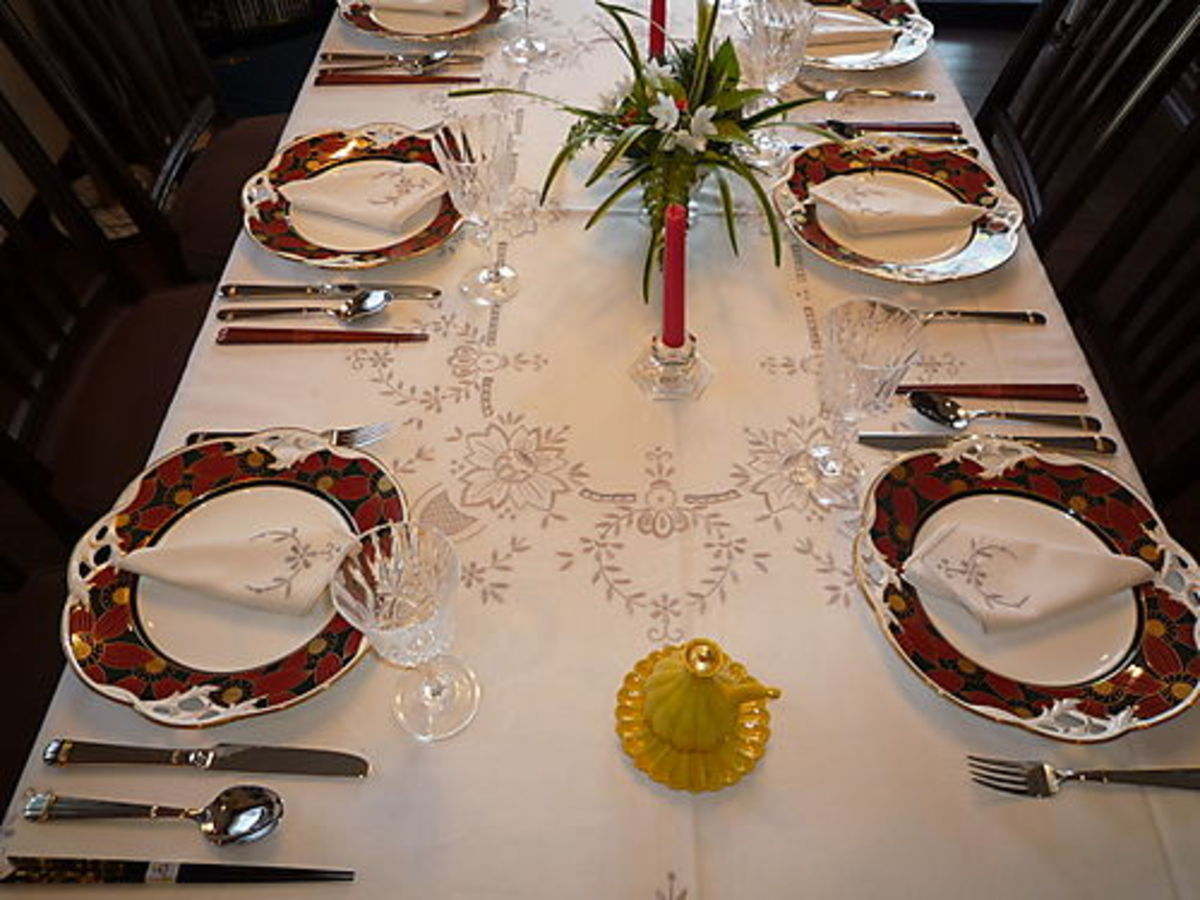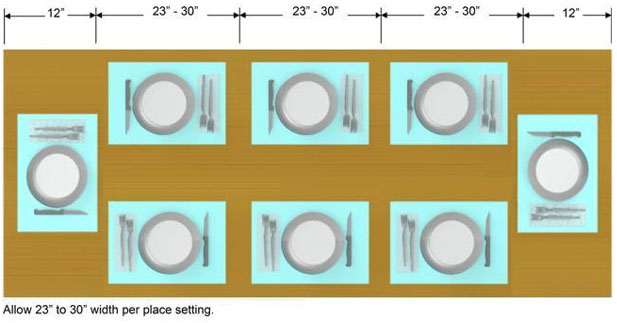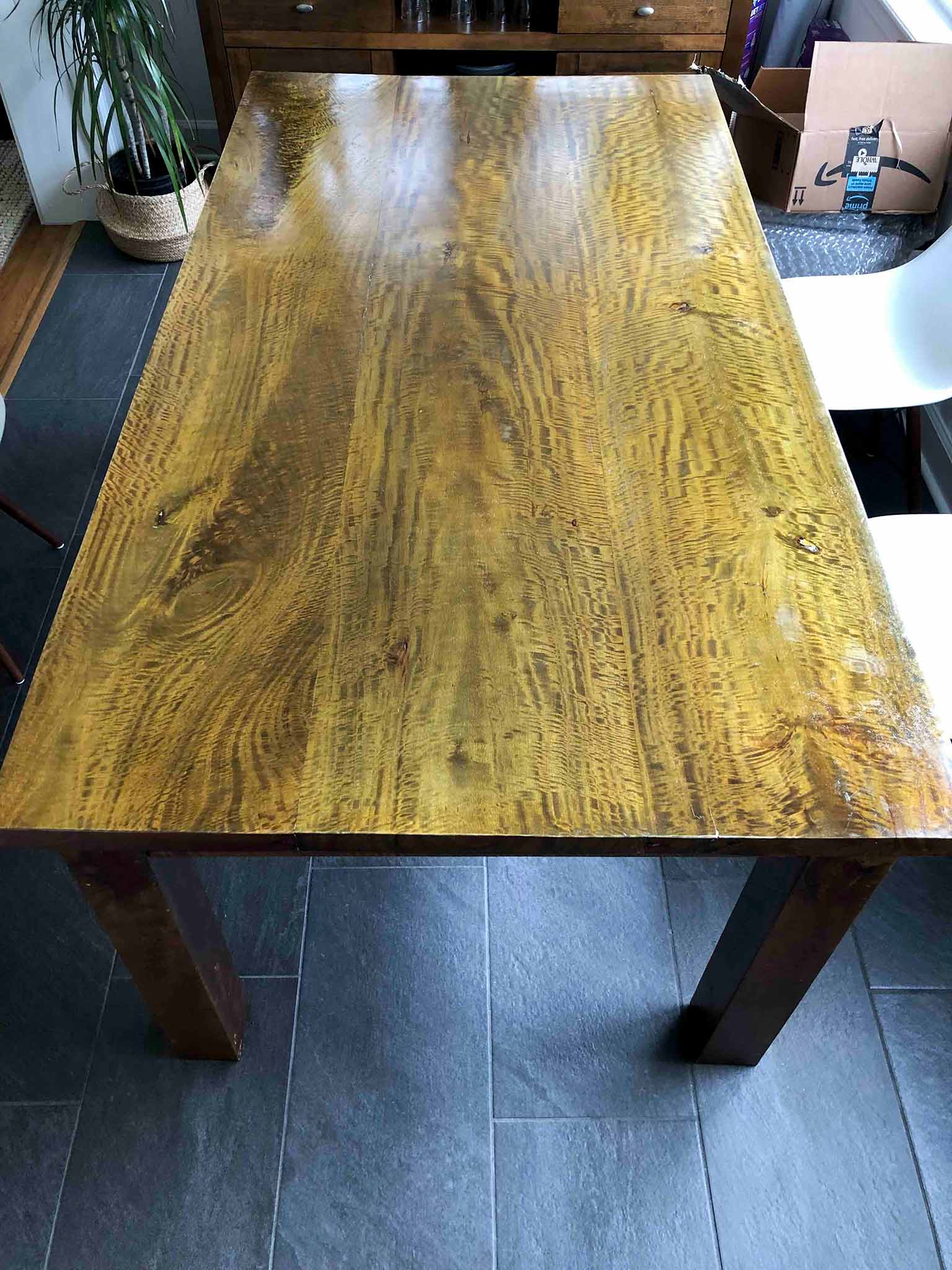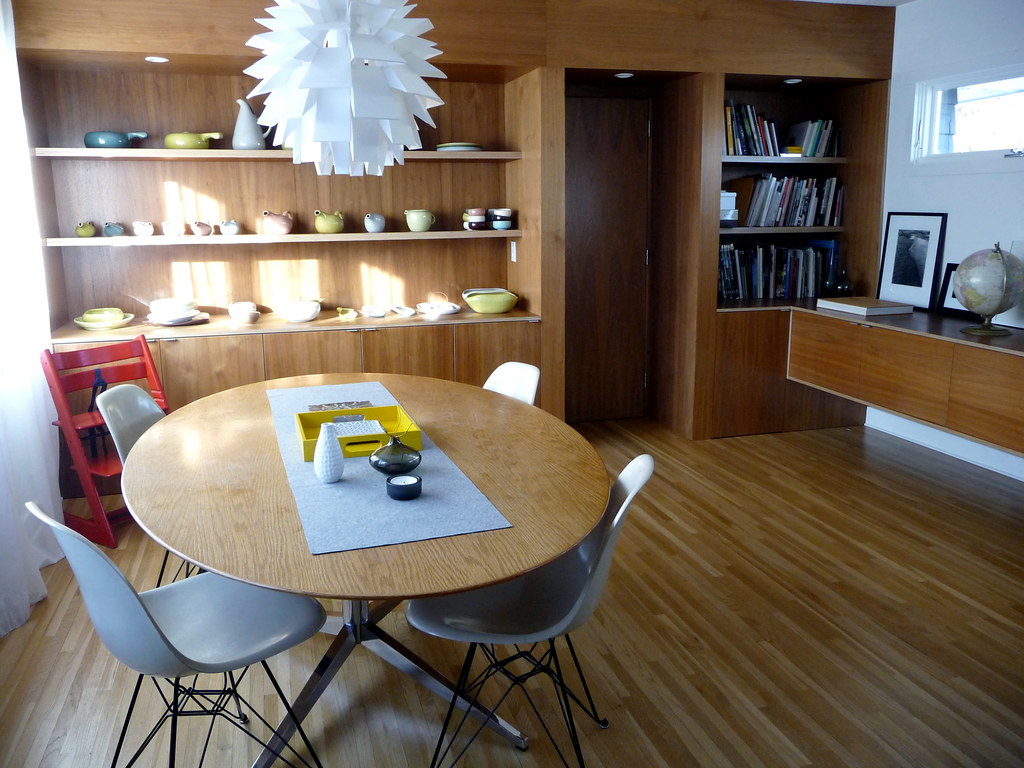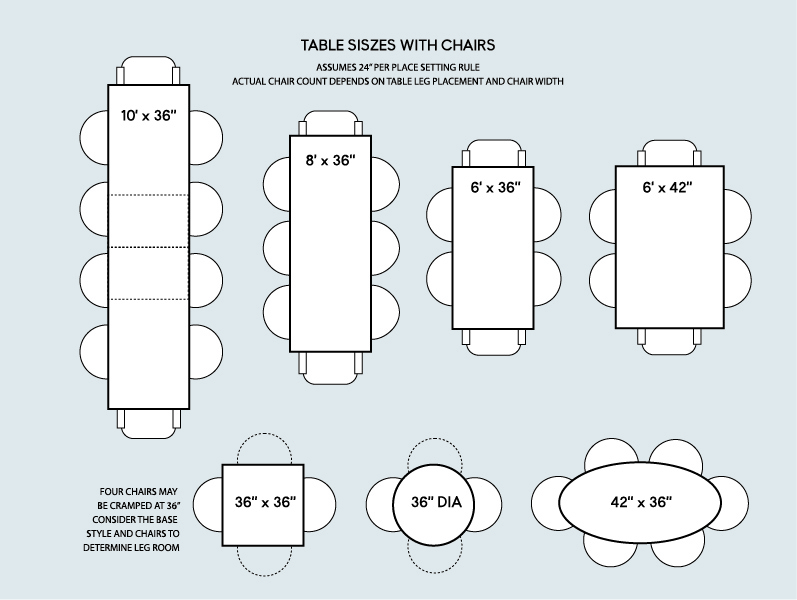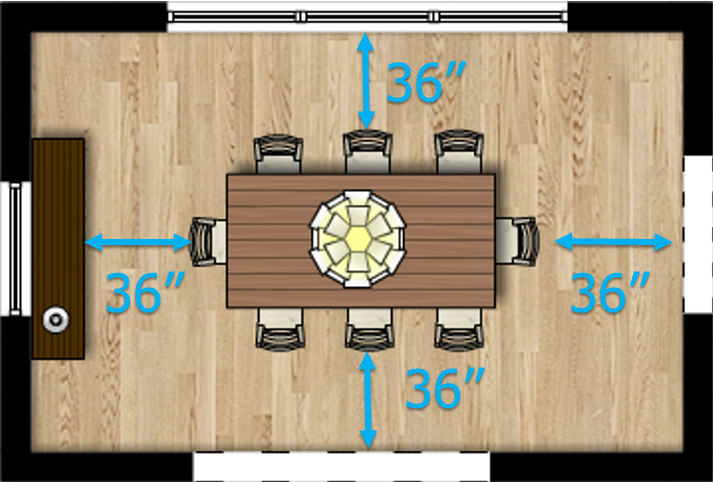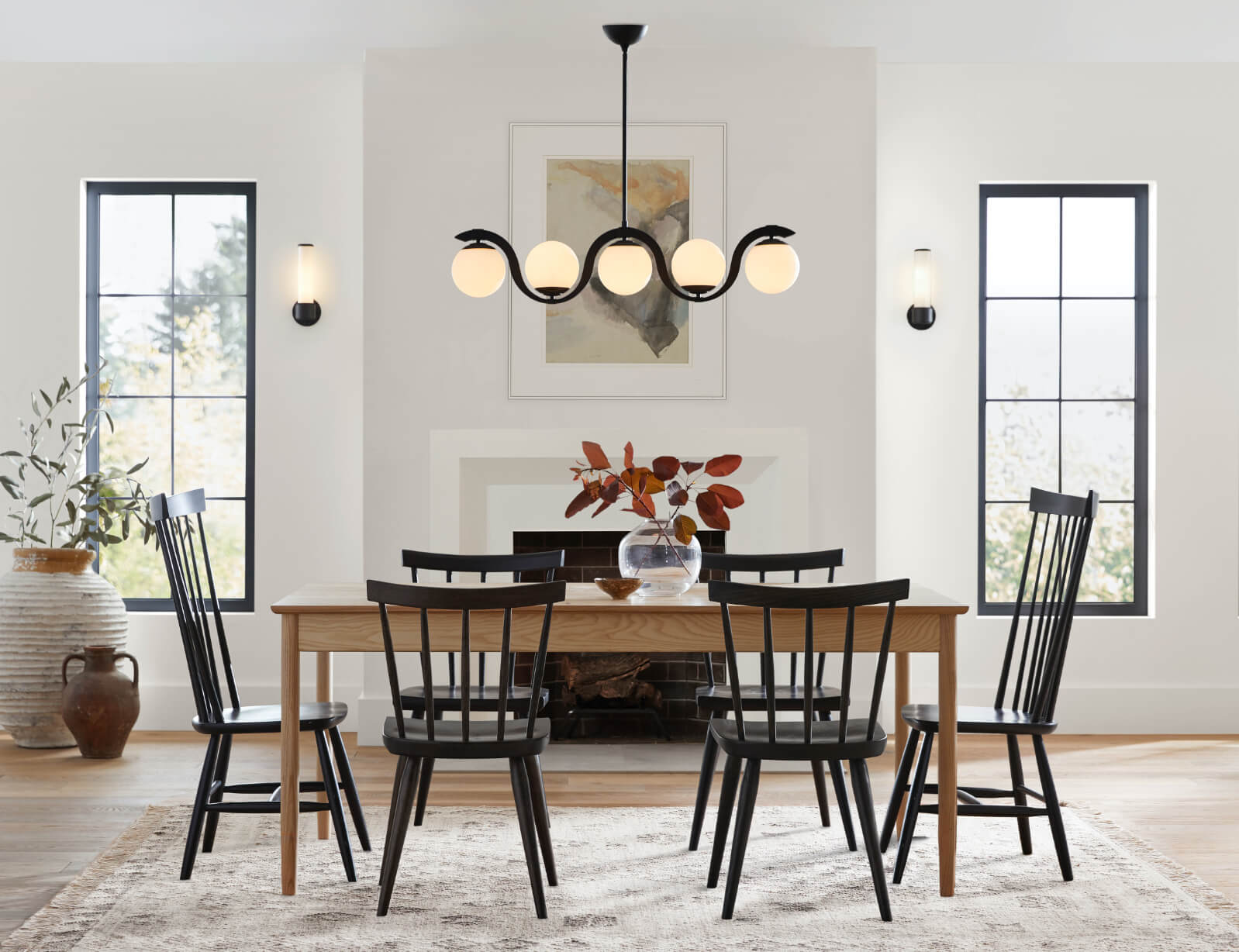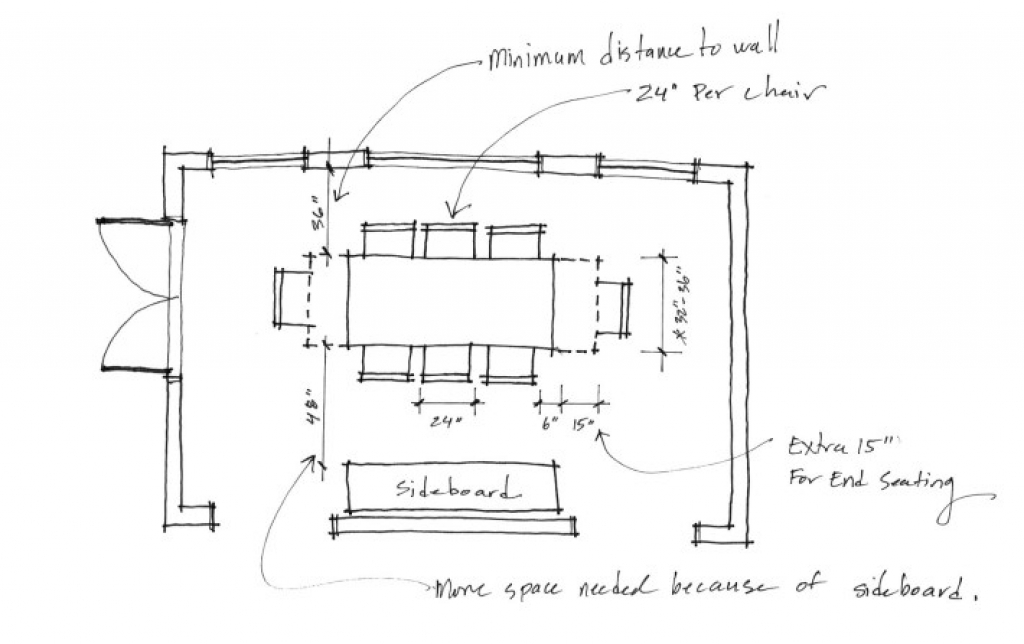Dining Room Table Spacing: How to Get it Right
When it comes to creating the perfect dining room, there are many elements to consider. One of the most important factors is the spacing of your dining room table. Proper dining room table spacing not only affects the aesthetic of the room, but also plays a crucial role in the comfort and functionality of your dining experience. In this article, we'll discuss the top 10 tips for achieving the ideal dining room table spacing in your home.
The Importance of Proper Dining Room Table Spacing
Before we dive into the tips, let's first understand why dining room table spacing is so important. The main purpose of a dining room is to gather and share meals with family and friends. In order for this to be a comfortable and enjoyable experience, there needs to be enough space for everyone to sit and move around freely. Improper dining room table spacing can lead to cramped and uncomfortable dining, which can ultimately affect your overall dining experience.
Tips for Measuring and Setting Dining Room Table Spacing
Now that we've established the importance of dining room table spacing, let's discuss some practical tips for achieving the right measurements and setting for your space.
1. Measure the room: The first step in determining the optimal dining room table spacing is to measure the room. This includes the length, width, and height of the space. It's important to take into consideration any architectural features such as windows, doors, and walkways that may affect the placement of your table.
2. Consider the size of your table: The size of your dining room table will greatly impact the spacing in the room. It's important to choose a table that fits comfortably in the space, leaving enough room for chairs to be pulled out and for people to move around without feeling crowded.
3. Leave at least 36 inches of space around the table: As a general rule, there should be at least 36 inches of space around the perimeter of your dining room table. This allows for comfortable movement and seating without feeling cramped.
4. Account for additional furniture: If you plan on adding other furniture pieces to your dining room, such as a buffet or bar cart, make sure to factor in the space they will take up when measuring for your dining room table spacing.
5. Consider the number of people: The number of people who will regularly be sitting at your dining room table should also be taken into consideration when determining spacing. As a general rule, there should be at least 24 inches of space per person.
Creating the Perfect Dining Room Table Spacing for Your Home
Now that you have the measurements and tips in mind, it's time to put them into action and create the perfect dining room table spacing for your home. Here are some additional tips to help you achieve the ideal setting:
6. Use a template: If you're unsure about the placement of your dining room table, use a template or mock-up to help visualize the space. This can be as simple as using paper cutouts or even a tablecloth to outline the dimensions of your table.
7. Consider the shape of your table: The shape of your dining room table can also affect the spacing in the room. Round tables tend to take up less space and allow for more flexibility in seating arrangements, while rectangular tables may require more specific spacing to ensure everyone is comfortable.
8. Pay attention to lighting: Proper lighting is essential for creating a comfortable and inviting dining space. Make sure to consider the placement of your light fixtures when determining your dining room table spacing.
9. Don't forget about traffic flow: In addition to the space around the table, it's important to consider the flow of traffic in the room. Make sure there is enough space for people to move around the table and access other areas of the room without feeling cramped.
10. Adjust for different occasions: Finally, don't be afraid to adjust your dining room table spacing for different occasions. If you're hosting a large dinner party, you may need to add additional chairs or extend the table to accommodate more guests. Similarly, for a more intimate setting, you may want to bring the table closer together to create a cozy atmosphere.
The Impact of Dining Room Table Spacing on Comfort and Functionality
Proper dining room table spacing not only affects the aesthetic of the room, but also plays a crucial role in the comfort and functionality of your dining experience. By following these tips and considering the measurements and factors mentioned, you can create a dining room that is both visually appealing and comfortable for all to enjoy.
Choosing the Right Size Dining Room Table for Your Space
When it comes to selecting a dining room table, size matters. In addition to considering the size of your space, it's also important to think about the size and shape of your table in relation to the number of people who will be using it. A table that is too small can lead to cramped and uncomfortable dining, while a table that is too large can make the space feel cluttered and overwhelming.
Tip: If you're unsure about the size of your dining room table, consider opting for a table with a leaf or extension option. This allows for more flexibility in seating arrangements for different occasions.
Maximizing Dining Room Table Spacing in Small Rooms
Small dining rooms can present a challenge when it comes to achieving the perfect table spacing. However, there are some tips and tricks you can use to make the most out of your space:
1. Consider a round table: Round tables tend to take up less space and can create a more intimate dining experience. They also allow for flexibility in seating arrangements.
2. Use benches or chairs with no arms: Opting for benches or armless chairs can save space and allow for more seating at the table.
3. Use mirrors: Mirrors can create the illusion of a larger space, making a small dining room feel more open and spacious.
Incorporating Design and Style into Your Dining Room Table Spacing
Finally, don't forget to consider the design and style of your dining room when determining table spacing. The spacing should not only be functional, but also visually appealing and cohesive with the overall aesthetic of the room. Consider incorporating decorative elements such as a centerpiece or table runner to add personality and style to your dining room table.
In summary, proper dining room table spacing is crucial for creating a comfortable and functional dining experience. By following these tips and considering the measurements and factors mentioned, you can achieve the perfect dining room table spacing for your home. Remember to always prioritize comfort and functionality while also incorporating design and style into your space.
Why Dining Room Table Spacing is Crucial for a Well-Designed Home
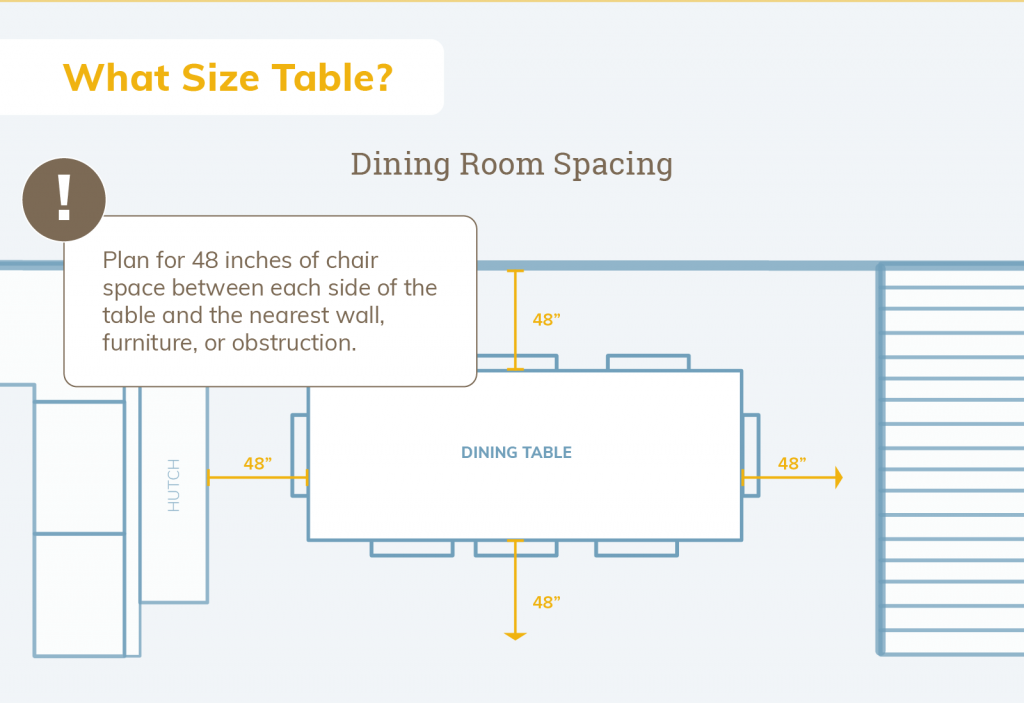 When designing a house, one of the most important rooms to consider is the dining room. It is a place where families come together to share meals, friends gather for special occasions, and memories are made. The dining room table is the centerpiece of this space and its placement and spacing can greatly impact the overall design and functionality of the room. In this article, we will discuss why dining room table spacing is crucial for a well-designed home and provide some tips on how to achieve the perfect layout.
When designing a house, one of the most important rooms to consider is the dining room. It is a place where families come together to share meals, friends gather for special occasions, and memories are made. The dining room table is the centerpiece of this space and its placement and spacing can greatly impact the overall design and functionality of the room. In this article, we will discuss why dining room table spacing is crucial for a well-designed home and provide some tips on how to achieve the perfect layout.
The Importance of Balance and Flow
 Proper dining room table spacing is essential for creating balance and flow in the room. A table that is too large or too small for the space can throw off the entire aesthetic and make the room feel awkward and cramped. On the other hand, a table that is perfectly proportioned and spaced can create a sense of harmony and flow, making the room feel inviting and comfortable.
Balance and flow
are key elements in interior design that help create a cohesive and visually pleasing space. When it comes to the dining room, the table is the focal point and should be given careful consideration in terms of size and placement. A table that is too large can make the room feel overcrowded and difficult to navigate, while a table that is too small can make the room feel empty and lacking in purpose.
Proper dining room table spacing is essential for creating balance and flow in the room. A table that is too large or too small for the space can throw off the entire aesthetic and make the room feel awkward and cramped. On the other hand, a table that is perfectly proportioned and spaced can create a sense of harmony and flow, making the room feel inviting and comfortable.
Balance and flow
are key elements in interior design that help create a cohesive and visually pleasing space. When it comes to the dining room, the table is the focal point and should be given careful consideration in terms of size and placement. A table that is too large can make the room feel overcrowded and difficult to navigate, while a table that is too small can make the room feel empty and lacking in purpose.
Consider the Functionality
 When deciding on dining room table spacing, it is important to consider the functionality of the space. How many people will be using the room on a regular basis? Will the table be used for everyday meals or only for special occasions? Will there be additional seating, such as a buffet or bar cart, that needs to be factored into the layout?
The functionality
of the dining room will ultimately determine the size and spacing of the table. For everyday use, a round or square table may be more practical, as it allows for easier conversation and movement around the room. For larger gatherings, a rectangular table may be more suitable, but it is important to leave enough space between the table and walls or other furniture to allow for comfortable seating and movement.
When deciding on dining room table spacing, it is important to consider the functionality of the space. How many people will be using the room on a regular basis? Will the table be used for everyday meals or only for special occasions? Will there be additional seating, such as a buffet or bar cart, that needs to be factored into the layout?
The functionality
of the dining room will ultimately determine the size and spacing of the table. For everyday use, a round or square table may be more practical, as it allows for easier conversation and movement around the room. For larger gatherings, a rectangular table may be more suitable, but it is important to leave enough space between the table and walls or other furniture to allow for comfortable seating and movement.
Creating a Sense of Intimacy
 The dining room is a place where people come together to share meals and connect with one another. Therefore, it is important to create a sense of intimacy and closeness in the space. Proper dining room table spacing can help achieve this by bringing people closer together and fostering a sense of togetherness.
Intimacy
can be achieved by choosing a table size and shape that encourages conversation and connection. It can also be enhanced by adding personal touches, such as a centerpiece or family photos, to the table. Additionally, proper lighting and layout can also contribute to creating a warm and intimate atmosphere in the dining room.
In conclusion, dining room table spacing is a crucial element in creating a well-designed home. It not only impacts the aesthetic of the space, but also the functionality and atmosphere. By considering balance, functionality, and intimacy, you can achieve the perfect dining room table spacing that will enhance the overall design of your home.
The dining room is a place where people come together to share meals and connect with one another. Therefore, it is important to create a sense of intimacy and closeness in the space. Proper dining room table spacing can help achieve this by bringing people closer together and fostering a sense of togetherness.
Intimacy
can be achieved by choosing a table size and shape that encourages conversation and connection. It can also be enhanced by adding personal touches, such as a centerpiece or family photos, to the table. Additionally, proper lighting and layout can also contribute to creating a warm and intimate atmosphere in the dining room.
In conclusion, dining room table spacing is a crucial element in creating a well-designed home. It not only impacts the aesthetic of the space, but also the functionality and atmosphere. By considering balance, functionality, and intimacy, you can achieve the perfect dining room table spacing that will enhance the overall design of your home.



